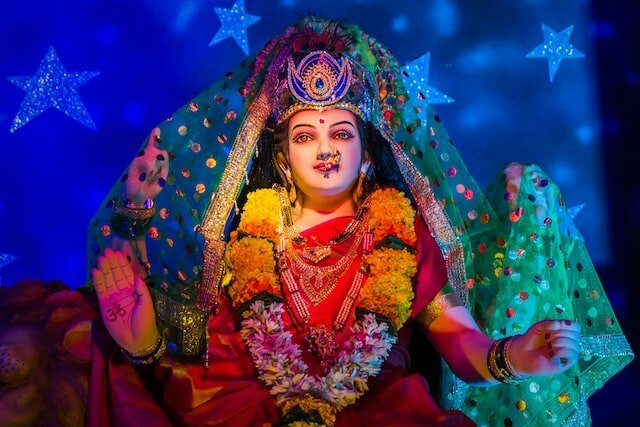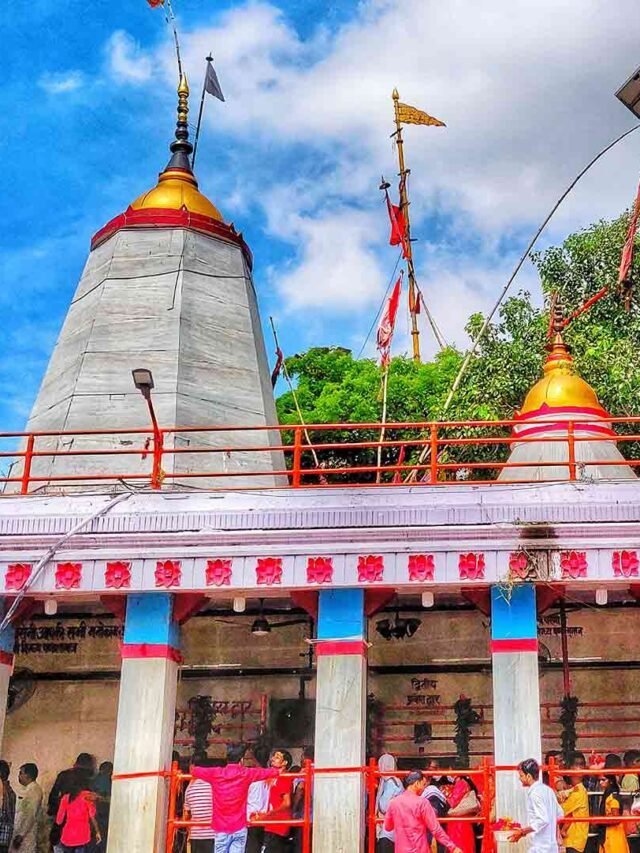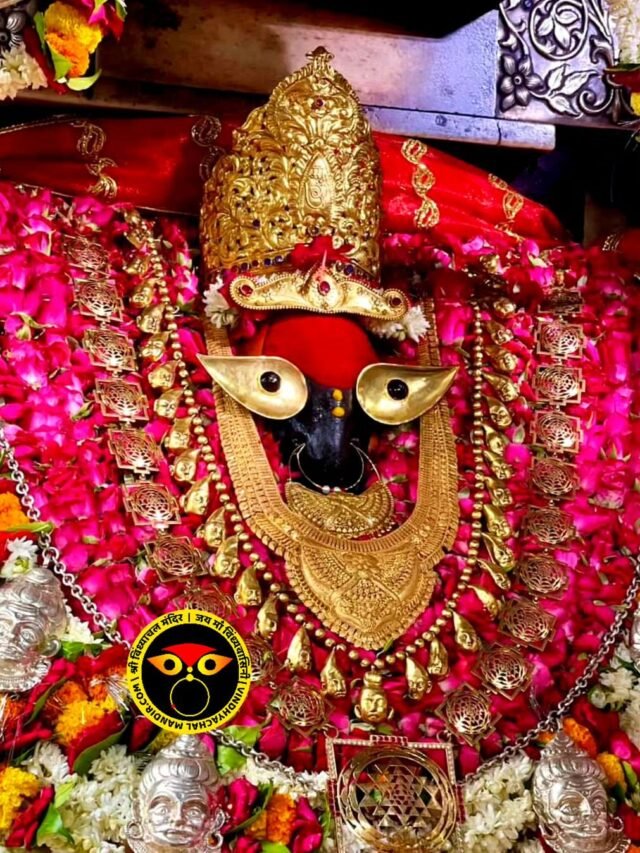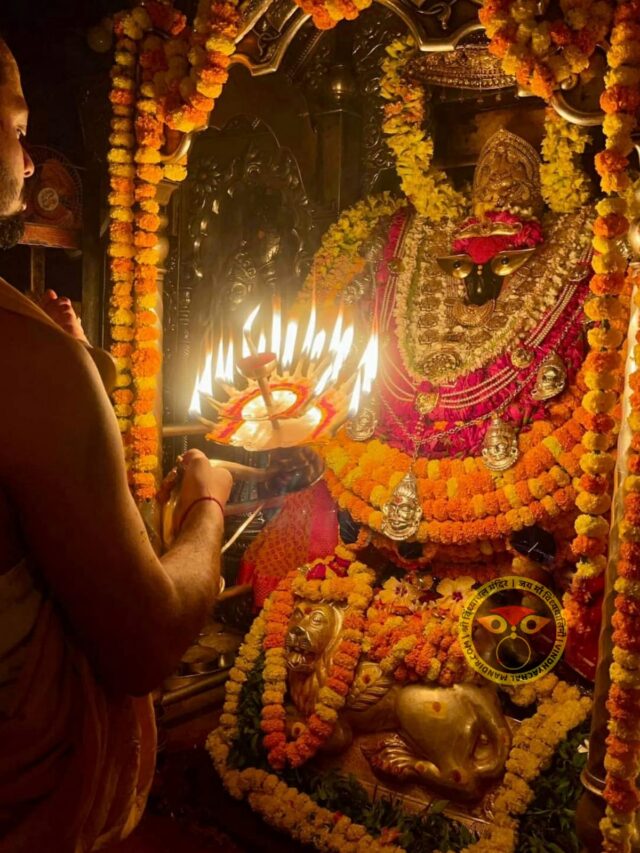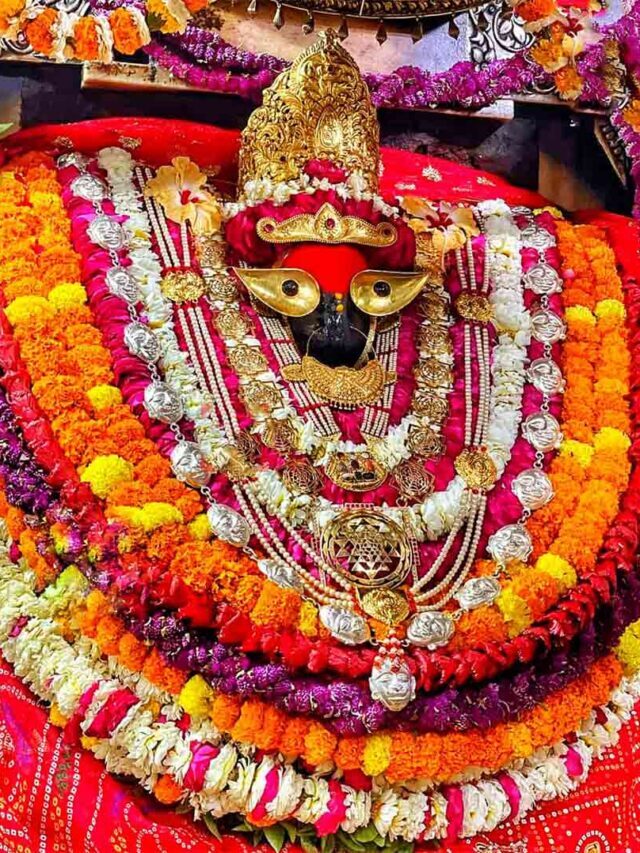Navratri is a Hindu festival celebrated in India and Nepal. In addition, this festival is celebrated by the Hindu community worldwide. During this festival, Maa Durga is worshipped for nine days. The importance of Navratri increases with the worship, fasting, and different types of fasts that take place during the nine days of the festival.
From a scientific point of view, proportionate parts of the three gunas (Tamagun, Rajogun, Sattvagun) of nature are worshipped during the Navratri festival. In addition, the festival addresses the beliefs and rituals described in the Indian Tantra Shastra.
From a spiritual point of view, Navratri has some spiritual secrets associated with the worship and devotion of Maa Durga. The sixth to tenth forms of Maa Durga is worshipped, which represent different attributes.
Nine forms of Maa Durga are worshipped during Navratri. One form is honored every day during the nine days of Navratri, and by honoring it, one gets the blessings of Maa Durga. The nine forms are:

Shailputri: This form is worshipped on the first day. Maa Shailputri is the wife of Virabhadra and is known as the Goddess of mountains. His worship gives firmness and stability. Shailputri is the first of the nine forms of Goddess Durga and is worshipped as the mother on the first day of Navratri. Shailputri means “daughter of Parvat,” and she is believed to be the daughter of the mountain king Himvat. His idol holds a Trishul and a pot in one hand.
Shailputri Devi is considered the daughter of the mountain king Himvat, and in her form, the combination of Durga Mata is also seen along with the mountain king. She is considered the incarnation of Mother Earth, and her worship brings welfare and protection to the Earth. He is also called Mahishasura Mardini, which is related to this form of Durga Mata.
Worshipping Shailputri Devi bestows devotees with longevity, peace, and prosperity. The devotees are relieved from their problems and sorrows and achieve prosperity.
Brahmacharini: This form is worshipped on the second day. The name Maa Brahmacharini is derived from the Brahmacharini Rishikas of the Vedas. By worshipping Him, one gets penance and knowledge. Brahmacharini is one of the nine forms of Goddess Durga. They are honored on the fifth day of Navratri. The meaning of Brahmacharini is “one who practices celibacy.” His form has been shown following the Vedas. His idol holds a kamandal and a coil in one hand.

Brahmacharini Devi lives in meditation and follows sadhana. Their nature is very peaceful. The devotees get purification of mind, discipline, and spiritual progress by worshipping them. By His grace, there is peace in the hearts of the devotees, and their wishes are fulfilled.
Chandraghanta: This form is worshipped on the third day. Moon is in between the two lions of Maa Chandraghanta. Worshipping her gives them health and strength. Chandraghanta is one of the nine forms of Goddess Durga. She is honored on the third day of Navratri. Chandraghanta is named after its moon art. She has two hands and looks like a moon. His idol is also like that.
The form of Chandraghanta Devi is also fierce. Their body has a big heavy sharp nose, small bright eyes, and sharp teeth. He is seen holding a sword in one hand and a trishul in the other. There is also a conch on his head.
The worship of Chandraghanta Devi is a symbol of the glory of Shakti. By worshipping her, all the wishes of the devotees are fulfilled, and they get success, peace, and prosperity. By the grace of Chandraghanta Devi, the future problems of the devotees are removed.
Kushmanda: The vehicle of this form is a tortoise, and she wears a stick. Seeing this form gives freedom from diseases. Kushmanda is one of the nine forms of Goddess Durga. They are worshipped on the fourth day of Navratri. His name ‘Kushmanda’ is derived from the Sanskrit word ‘Kushmand,’ which in Punjabi means “sarcasm.”
The form of Kushmanda Devi is fierce. She is shown eating Khadag in one hand and two Shaktis named Dakini and Shakini in the other. There is a bloody mouth and a hungry lion with Dakini and Shakini on their heads.
Kushmanda Devi is used in various tantric and yogic experiments. This Goddess gives universal power to her devotees and leads them to self-restraint, compromise, and harmony. This Goddess also bestows disease-freeness on her devotees and gives them freedom from all kinds of troubles.
Skandamata: The vehicle of this form is a lion, and she wears a silver wheel. On hearing about this form, people express a sense of respect and reverence. Skandamata is one of the nine forms of Goddess Durga. He is worshipped on the fifth day of Navratri. This Goddess is considered to be the mother of Lord Kartikeya and the form of Mother Parvati.
Skandamata’s name combines Skanda (Lord Kartikeya) and Mata (Mother Parvati). They have four hands, in which Lord Kartikeya is shown wearing fine clothes in one hand. He has a conch in his second hand and a lock in his third hand. In the fourth hand, the Goddess holds her child Lord Kartikeya.
Worshipping Goddess Skandamata bestows wealth, prosperity, health, and longevity on the devotees. This Goddess fulfills all the wishes of the devotees and gives them freedom from problems. With the grace of Goddess Skandamata, the life of the devotees becomes happy and prosperous.
Katyayini is a form of Goddess Durga, worshipped in nine forms for nine days. They are worshipped on the fifth day of Navratri. It is said that worshipping Goddess Katyayini accomplishes all the wishes of the devotees.
Katyayini Devi is considered to be the child of Mother Parvati and Mahadev Shiva. Sage Katyayan of Kushdweep had pleased him with his penance. Katyayini Devi’s vehicle is a tiger with a sword and a conch shell in her hands. Their appearance is beautiful and fierce.
Kalaratri: One of the nine forms of Goddess Durga. They are worshipped on the seventh day of Navratri. Kalaratri means ‘Black Night,’ after the new moon day.
The form of Kalratri Devi is fierce and fierce. They have khadag and khappar in their hands, and their eyes are red. His vehicle is two lions. This Goddess gives freedom from intoxication, sin, demons, and disease and helps her devotees to achieve strength, self-control, and success.
Worshipping Goddess Kalratri destroys all the miseries of the devotees and bestows them with the strength which helps them move towards success and prosperity in their lives.
Mahagauri: One of the nine forms of Goddess Durga. They are honored on the eighth day of Navratri.
The form of Mahagauri Devi is pure, clean, and neat. His eyes and skin are seated, and he has Trishul and Khadag. His vehicle is a Cow.
Revering Mahagauri Devi bestows the devotees with purity, restraint, and eternal power. This Goddess removes the devotees’ sorrows and helps them attain wealth, prosperity, and success.
Siddhidatri: They are worshipped on the eighth or ninth day of Navratri. Siddhidatri means “the Goddess of Achievements,” who bestows devotees with wealth, wealth, success, and prosperity.
There are two hands in the form of Siddhidatri Devi, in which many types of weapons like rings, Trishul, pitchers, etc. His vehicle is a lion. This Goddess is worshipped for success, prosperity, wealth, and attainment of wealth.
Worshipping Goddess Siddhidatri liberates the devotees from failure and despair and bestows them with success, prosperity, and wealth. By the grace of this Goddess, most of the devotees’ works are accomplished, and they can touch the height of success in their life.
